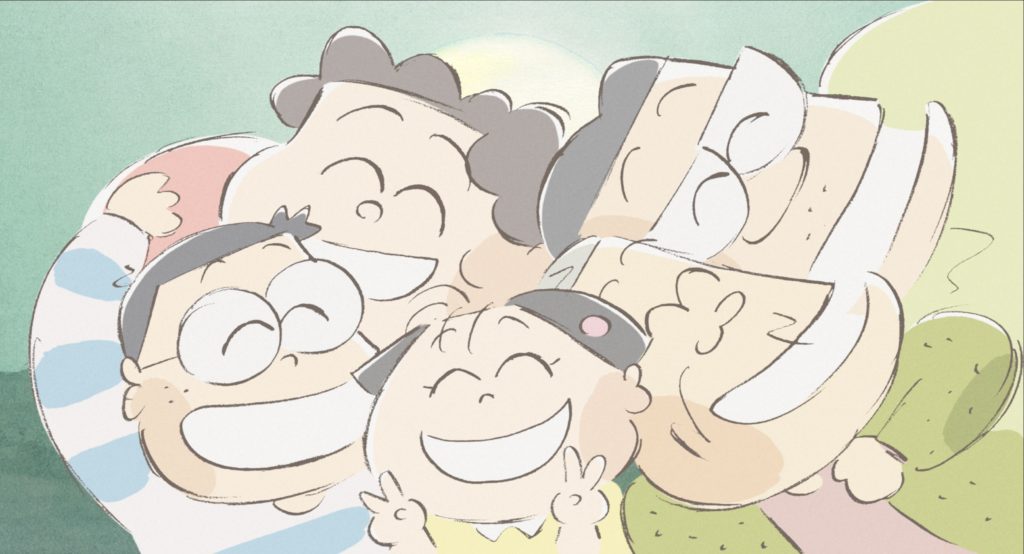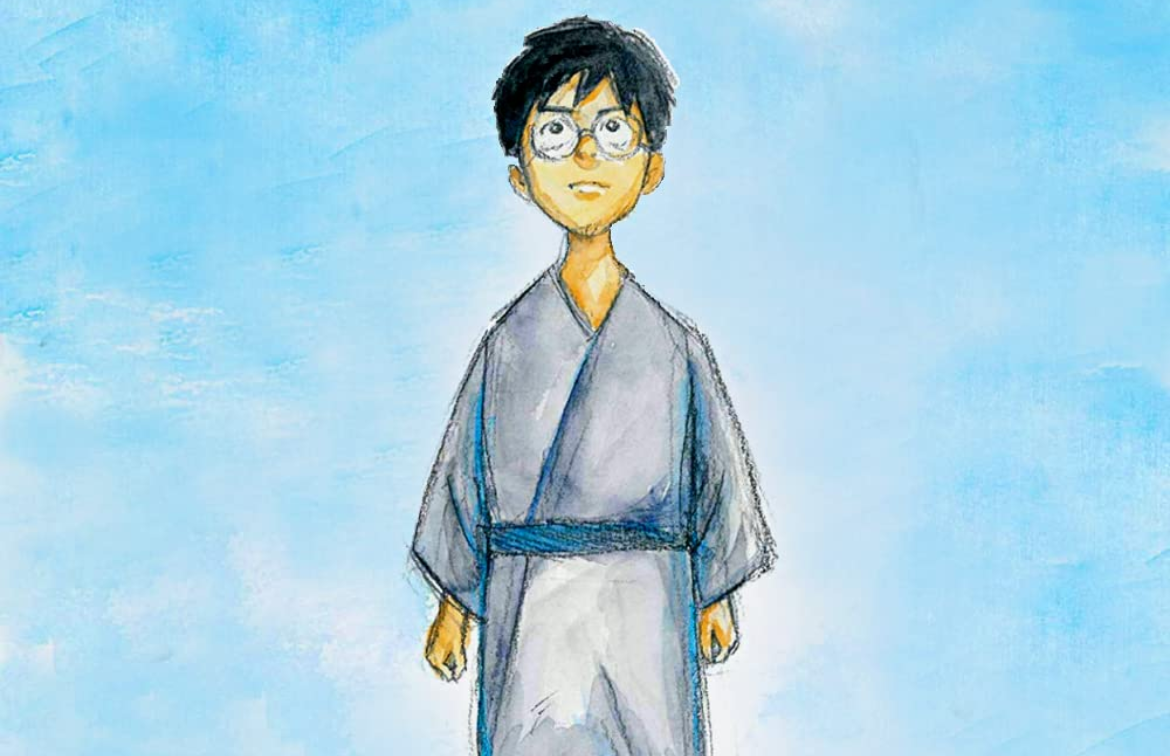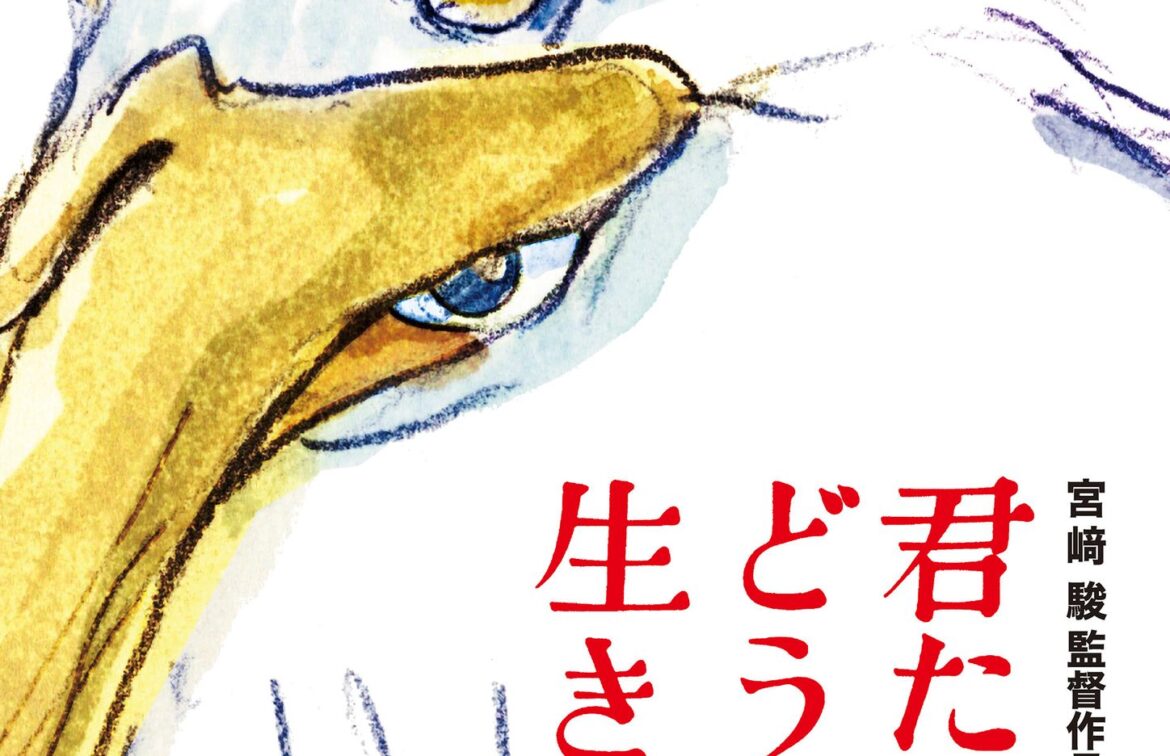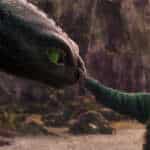Isao Takahata passed in 2018. This remembrance is to recognize the fifth anniversary of his passing and his many contributions throughout his life to animation and film.
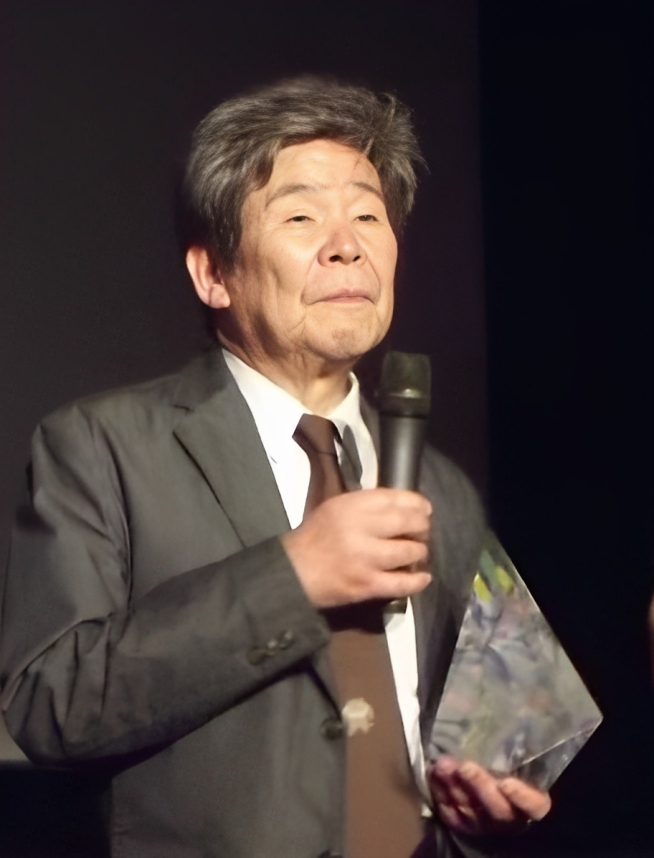
“Isao Takahata” by Boungawa is licensed under CC BY-SA 3.0 .
Though Studio Ghibli can often become all too synomous with Hayao Miyazaki’s, whose films are notable of course and whose role in co-founding Studio Ghibli is important; however, Isao Takahata himself has had a similar legacy without as much of the fanfare and recognition. We thought it important then to delve into his life and career, and to highlight much of what made Takahata the venerable force he became in Japanese animation and in film at large.
Takahata’s Early Days
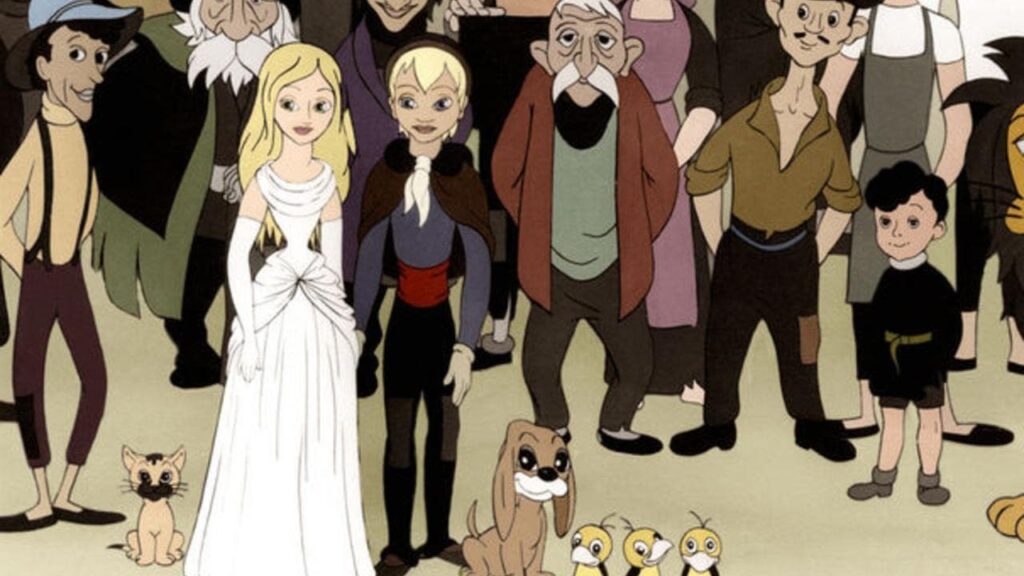
La Bergère et le Ramoneur
Takahata was born in 1935 and would grow into a burgeoning Francophile who studied French literature at the University of Tokyo, which he graduated from in 1959. Takahata’s love of film began when he witnessed for the first time the French animated feature La Bergère et le Ramoneur (1952). Takahata says quite directly in a conversation with BFI (British Film Institute) that “If I had not seen this film, I would have never imagined entering the world of animation.” Takahta was then inspired by a friend to apply for a job at Toei Animation, where he the began to work as an assistant director.
Takahata served early on as a director on many episodes of Ken the Wolf Boy in the early to mid 1960s, a director for the TV show Hustle Punch, and he also worked as an Assistant Director on The Littlest Warrior and The Little Prince and the Eight-Headed Dragon.
Takahata’s first directorial feature film for Toei Animation was The Great Adventure of Horus, Prince of the Sun, where according to RogerEbert.com’s remembrance is where he first worked alongside Hayao Miyazaki, a scene designer and key animator for the film, who was also trying to work his way up in Toei Animation.
Alas the film was not a success, and after a demotion for Takahata, he, Miyazaki, and Yochi Kotabe, an animator they worked alongside, left Toei.
Post-Toei, Pre-Ghibli
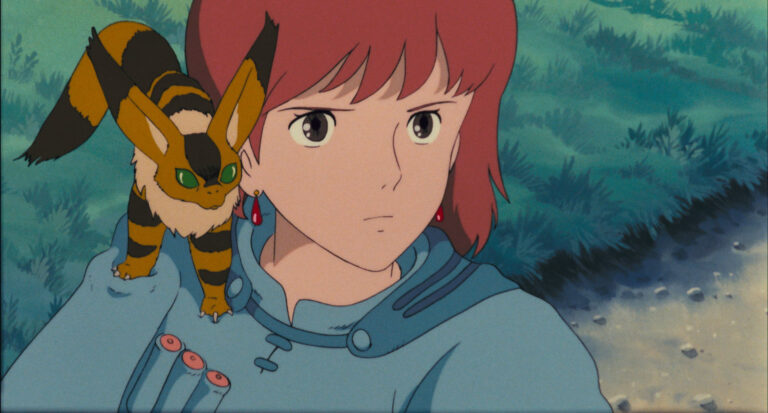
Nausicaä of the Valley of the Wind
Takahata and his collaborators attempted to create an anime inspired by the classic tale by Astrid Lindgren “Pippi Longstocking”; however, that never came to be.
Still Takahata did direct Miyazaki’s popular short film Panda Go Panda, and he began to work as a director for Lupin III from 1971-1972, and served as the series director for the anime series Heidi, Girl of the Alps in 1974.
In 1979, Takahata began directing the anime adaptation of Anne of Green Gables, a show which he also served as a writer on for many episodes. Takahta would then write and direct his next two feature films Jarinko Chie and Gauche the Cellist.
Miyazaki then wrote and directed Nausicaä of the Valley of the Wind in 1984, which though not truly a Studio Ghibli film, as it was released under Toei Animation, forged his partnership ever further with Takahata who served as the film’s producer.
Studio Ghibli Is Founded
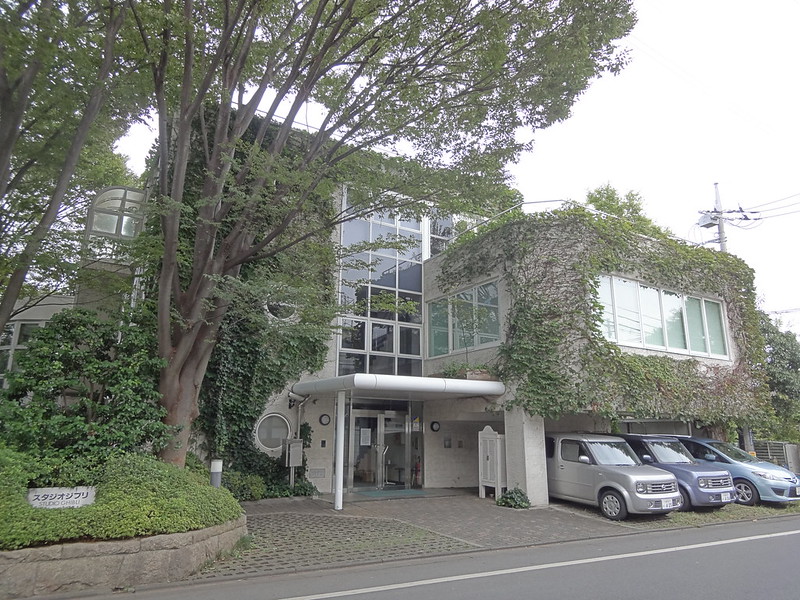
“Studio Ghibli” by Dick Thomas Johnson is licensed under CC BY 2.0 .
Studio Ghibli was officially formed on June 15, 1985, and just a little over a year later Castle in the Sky was released and then became a critical and box office success in Japan. This was the second fruitful partnership in this manner following the success of Miyazaki’s directorial and Takahata’s producer partnership with Nausicaä of the Valley of the Wind two years earlier.
Takahata would then go on to direct his first feature film The Story of Yanagawa’s Canals, a rarity as the only live-action film in Studio Ghibli’s catalog to date. According to Animation: A World History: Volume III: Contemporary Times by Giannalberto Bendazzi, this film “was a social protest, showing the people of Yanagawa prefecture struggling aagainst pollution and the cementing over of the canals that had always been the main source of their livelihoods.” One can easily see this as a precursor to Takahata’s Pom Poko, which deals with the pitfalls and complexities of modernization.
Grave of the Fireflies
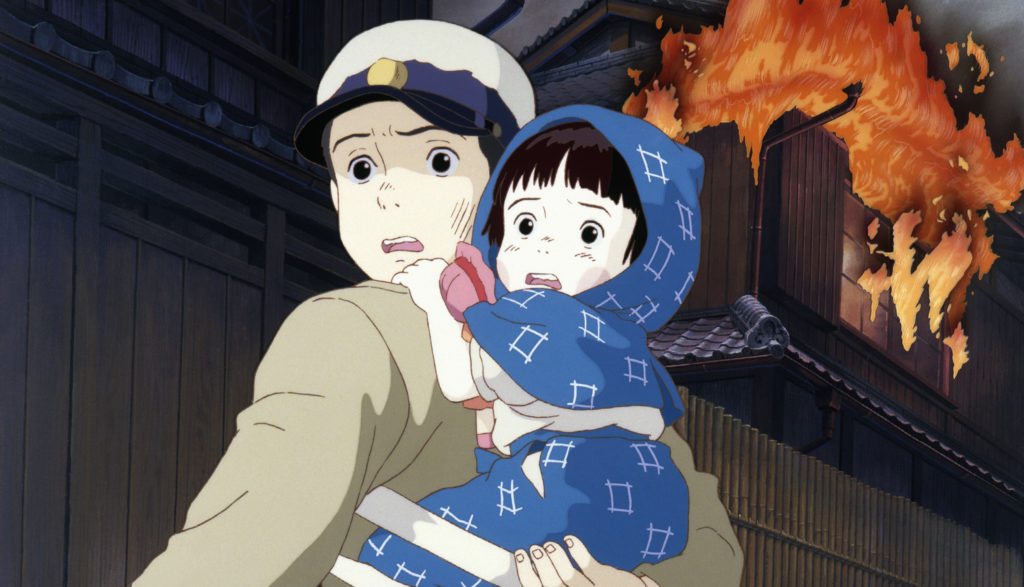
Grave of the Fireflies
Takahata’s next feature film, Grave of the Fireflies, which was released in 1988 alongside a double feature with My Neighbor Totoro, has become for many Takahata’s greatest achievement in film and a high mark in animation overall. In America and other Western nations, where the Disneyfication of animation had all too often cemented the notion that animation and anime is only for kids, Grave of the Fireflies shattered that notion by presenting two young protagonists struggling to survive final days of WWII.
1990s: Only Yesterday, Pom Poko, and My Neighbors the Yamadas
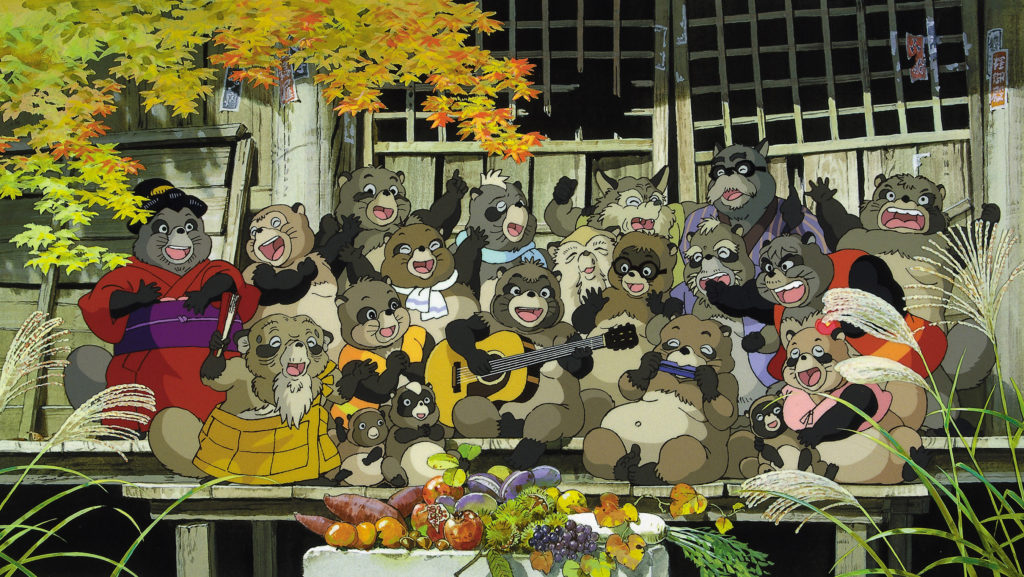
Pom Poko
Takahata continued his run of feature films into the 1990s with Only Yesterday and My Neighbors the Yamadas bookmarking the decade at 1991 and 1999 respectively and Pom Poko coming out in 1994. Takahata wrote and directed all three films, which cover such topics as discovering oneself at what we might now call a ‘quarter-life crisis’ in Only Yesterday, family love in all its ups and downs in My Neighbors the Yamadas, and in the environmental epic Pom Poko, Takahata examines family, chosen and otherwise, along with the changing world and destruction of nature and animal habitats by humans. The last one is Takahata at perhaps his most surreal, as the protagonists are primarily Japanese tanuki, who according to folklore can shape shift.
The Kingdom of Dreams and Madness and The Tale of the Princess Kaguya

The Tale of Princess Kaguya
Takahata’s last feature film that he wrote and directed himself was The Tale of the Princess Kaguya which was released in 2013. This film is an adaptation of the 10th century ‘Tale of the Bamboo Cutter’, a Japanese monogatari (classic tale) with bits of folklore. The Tale of the Princess Kaguya was nominated for the Academy Award for Best Animated Feature at the 87th Academy Awards, though it would lose to Big Hero 6.
In the documentary The Kingdom of Dreams and Madness, which focused on the three co-founders of Studio Ghibli Hayao Miyazaki, Isao Takahata, and Toshio Suzuki, both Miyazaki’s The Wind Rises and Takahata’s The Tale of the Princess Kaguya are featured, as they are the two films the studio is attempting to concurrently release at the time. For many Western viewers in particular, this was perhaps the most in-depth look at the Ghibli founders offered at the time, especially on film, and their process.
Takahata’s Legacy
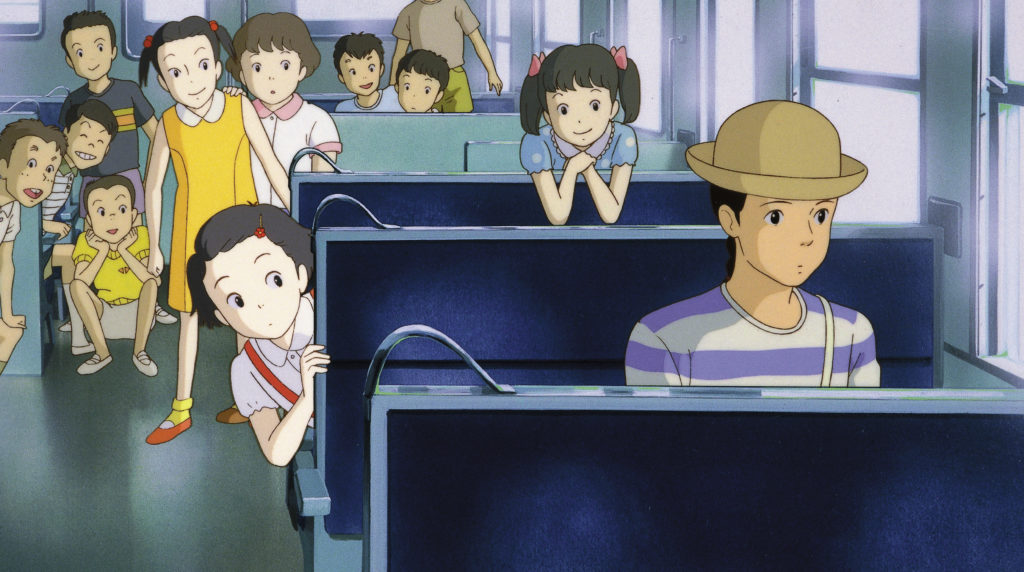
Only Yesterday
Though Takahata’s last film he directed was The Tale of the Princess Kaguya, his final film he produced was The Red Turtle, directed by Michaël Dudok de Wit. This was a co-production with Studio Ghibli where Takahata served as an artistic producer. Like a significant amount of animated films made today, especially those that confront the realities of life both beautiful and harsh head on, the imprint of Takahata is present, as it will be for many years to come in the medium of animation and film alike.
Takahata, like his Ghibli co-founders, was willing to show love, family, and friendship in ways unseen in typical animation, but he will forever be remembered as a writer and director for his stark portrayal of war, loss, and death. While not the animator that Miyazaki was, as he himself stayed away from that part of the profession, Takahata’s abilities as a writer, producer, and director, were as essential a component to Ghibli’s legacy as Miyazaki’s, and hopefully he will be remembered in just as high a regard.
(GKIDS are screening a number of Takahata’s films as part of their GhibliFest 2023 series. You can also purchase or watch Takahata’s films on-demand via GKIDS.com)
